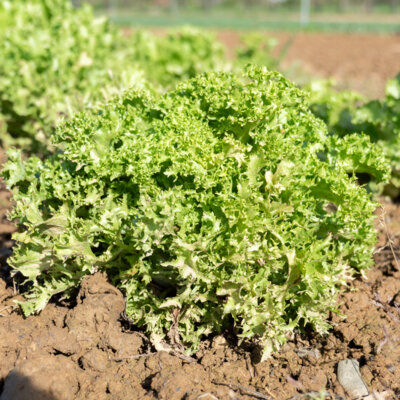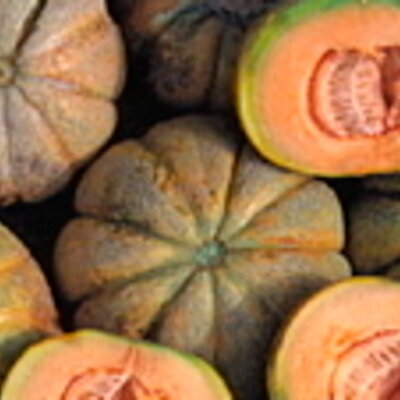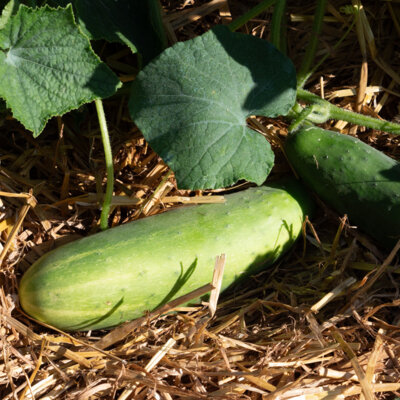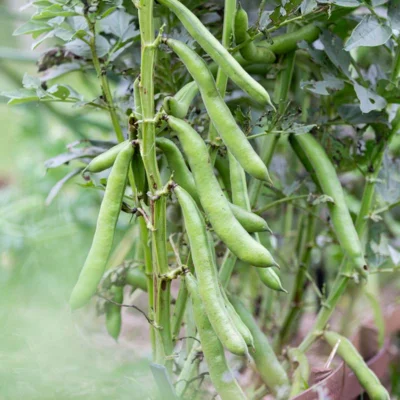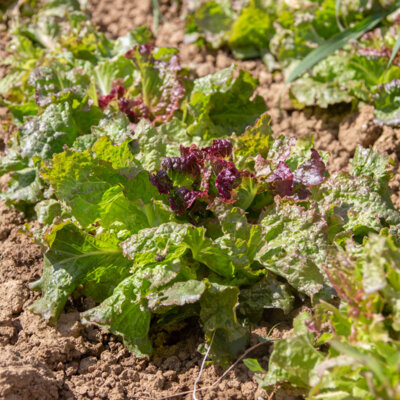
Rouge Grenobloise - Batavia Lettuce
Grenobloise Red Batavia lettuce is a very old variety. It produces large, medium-dense heads of very blistered green leaves, colored bright red and with a crunchy texture.
Characteristics of Batavia Grenobloise lettuce
Grenobloise Red Batavia lettuce, Lactuca sativa, is a very old mid-season variety, native to southeastern France. It produces a large head with broad, blistered leaves, green tinged with red, and a crunchy texture. This red lettuce is not very sensitive to bolting.
How to sow Grenoble red lettuce?
The ideal sowing period is from February to May in pots under cover, and from March to September in the open ground. Red lettuce can then be harvested from April to December.
Seedlings should be sown one month before planting in the vegetable garden, at a temperature of between 15 and 21°C. Cover the lettuce seeds with a light layer of soil and keep the substrate moist until emergence. Transplant into the garden, 30 cm apart in all directions, once the plants have reached the stage of 4 true leaves.
Light sow directly in the ground, then thin out to 30 cm in all directions when the plants have 4 true leaves, to encourage harmonious lettuce development. Choose humus-rich soil and half-shade exposure. The very small seeds can be mixed with radish seeds to avoid over-dense sowing. Stagger sowing, every 15 days, to enjoy lettuce for several months.
What companion plants for lettuce in the vegetable garden?
In the vegetable garden, this variety of red lettuce thrives alongside many plants, such as cucumbers, carrots, onions, radishes, cabbage , beet and strawberries.
When to harvest Grenoble red lettuce?
Red Grenoble lettuce is harvested from April to November. Its leaves are best eaten just after picking, to take advantage of their freshness, in salads, soups or vegetable juices, to preserve all their vitamins.
What are the benefits of lettuce?
Rich in vitamins and minerals, lettuce plays a key role in the body's cell renewal process. Thanks to its fiber and water content, it also facilitates digestion and transit. What's more, the lactucarium contained in Lactuca sativa gives it calming properties, useful against insomnia and anxiety.
These products may also be of interest to you
in bucket, in the ground
Sow in pots or slabs at a temperature of 10-18°C, one month before planting. Cover the seeds with a thin layer of soil, press lightly and water. Once the plants have 4 leaves, prick out. Alternatively, sow lightly in rows 30 cm apart, every 15 days, to stagger harvesting. Thin to 10 cm, then 30 cm. This sowing technique produces more resistant plants, less susceptible to bolting.
This variety is not very sensitive to bolting.
January, February, March, April
April, May, June, July, August, September
April, May, June, July, August, September, October, November
in the ground, in pot
semi-shade, sunny
medium
humus
wet, drained, furniture
Lactuca sativa
mid-season
From 120 to 180 g
1 gram
crunchy
batavia
Red
corrugated
France
Inconnue
This ancient variety originated in southeastern France.




